Overcoming System Blindness
[title ...]
Understanding the systems that impact our lives—such as the justice system, education, business, religion, politics—may be something we take for granted, but our system blindness may keep us from seeing the totality. System blindness occurs when we believe a system operates in one way when, in fact, it operates in another—perhaps quite different from what we assume or have been led to believe. This can cause us to implement strategies to address problems in the system that make little or no difference, because the strategies are not addressing how the system actually works.
Complex systems have many facets over which no single person has control, and different parts may be understood differently by different people. The complexity of a system tends to obscure its inner workings, as do often-repeated and simplified narratives about the system. We might believe that we have a good understanding of a complex system when our understanding is only superficial. One way to overcome system blindness is to analyze the actual structure of the system, part by part.
In the Arcs to Unitive Justice that follow, 12 structures of two distinctly different systems of justice are compared--the punitive model of justice and the unitive model. This analysis discloses two coherent structures in which each element of each system supports the system’s other elements, like a perfectly-designed puzzle. Collectively, the structures of each system result in an inter-locking system that makes the system sustainable over time.
To date, our experience has predominately been with the punitive system of justice, and we have millennia of experience to prove that it fails to achieve the desired or promised outcomes of peace and security. There is a strong case to be made that the unitive system answers many of the needs of our time, and evidence that system change is already underway.
[call to action button here: register for a workshop]

